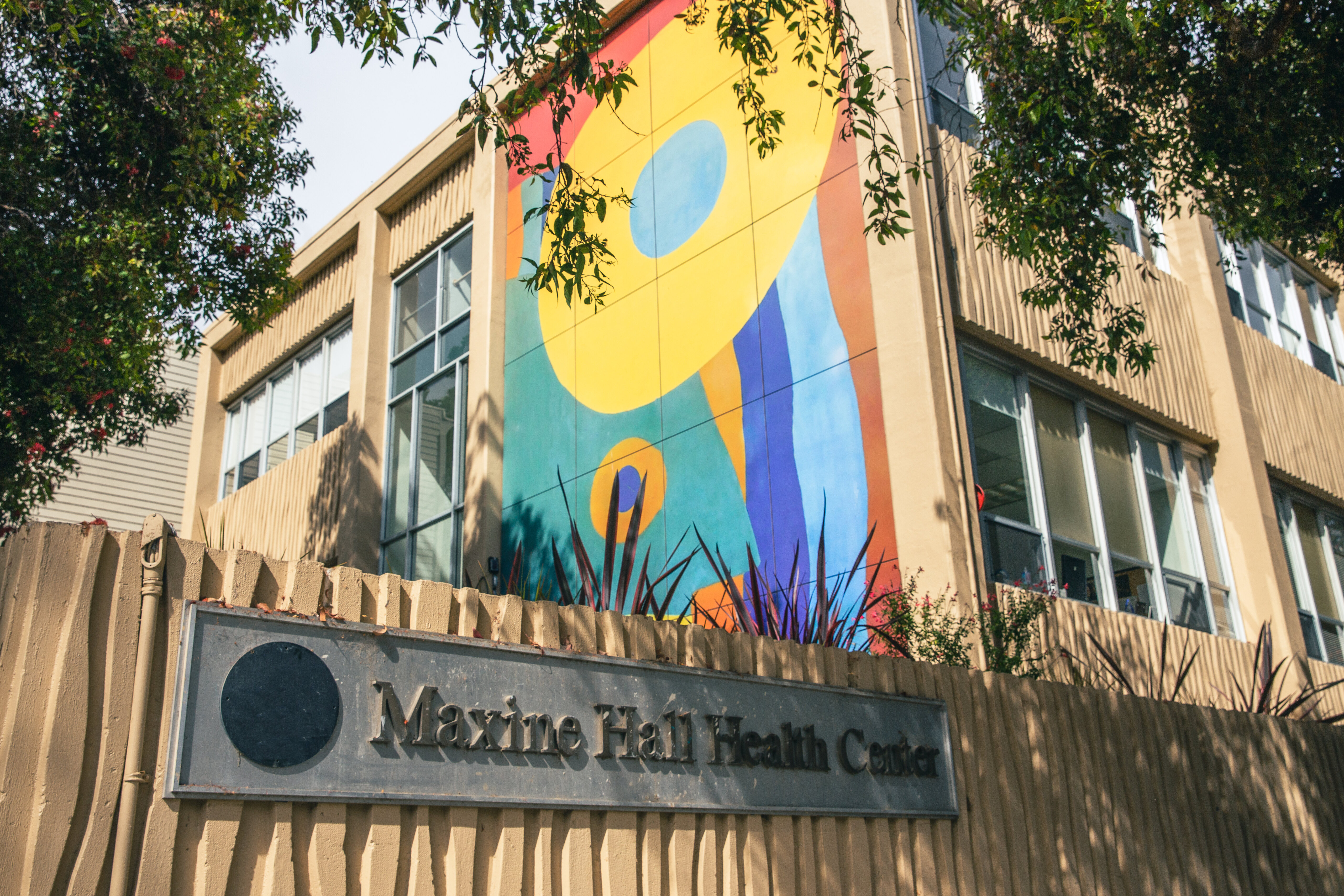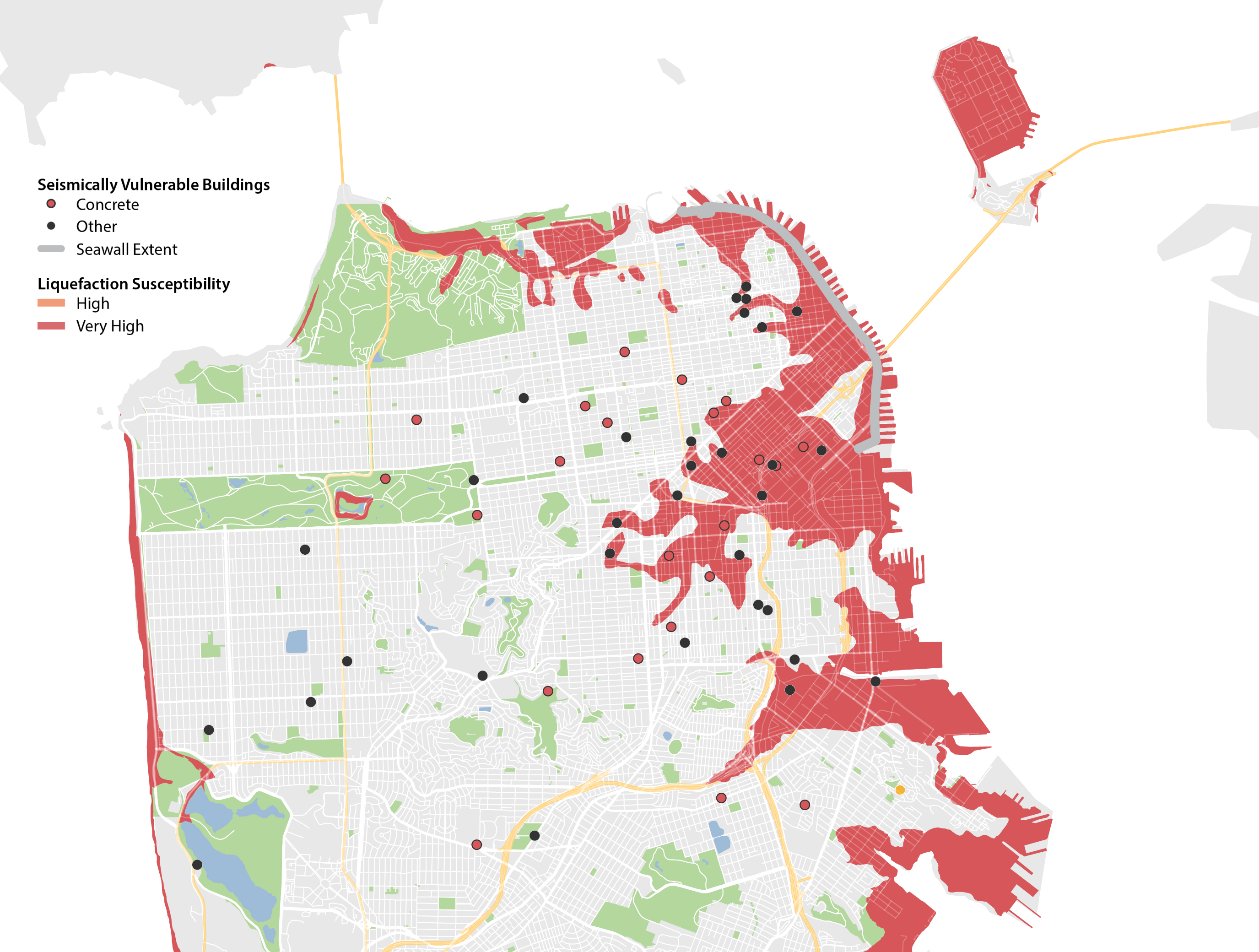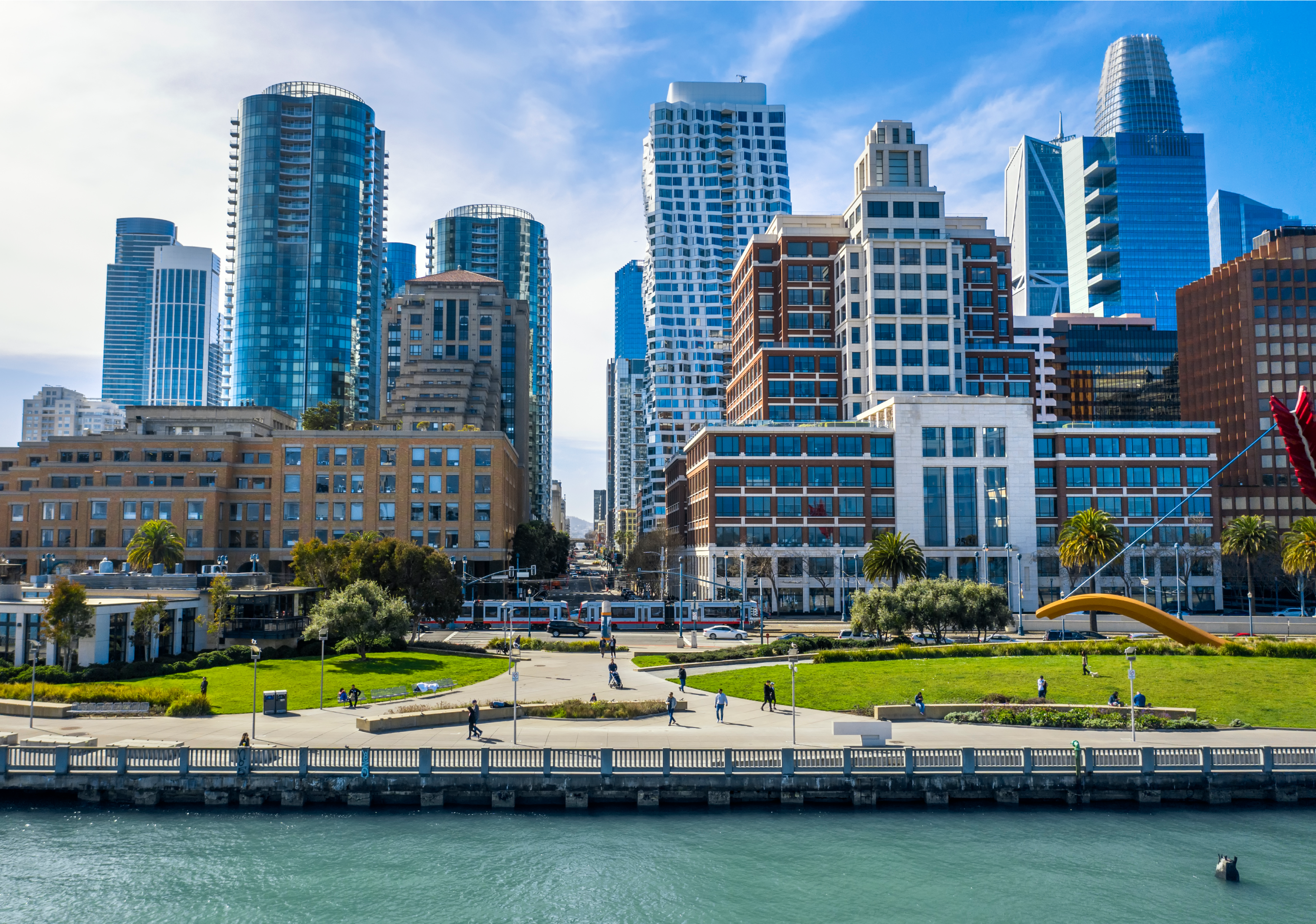Because the risk of a major earthquake is ever-present and the potential damage is significant, the City is constantly working to protect its residents, workers, and buildings from seismic risks. These efforts are primarily carried out through San Francisco’s Earthquake Safety Implementation Program (ESIP). ESIP is a comprehensive 30-year plan that grew out of the Community Action Plan for Seismic Safety (CAPSS) to address the City’s most pressing seismic risks. Priority earthquake resilience projects currently underway include the Concrete Building Safety Program and seismic retrofits for municipal and utility owned buildings and infrastructure.
A rising priority for both public and private buildings is addressing vulnerable concrete and rigid-wall-flexible-diaphragm buildings. There are approximately 3,700 publicly and privately owned older concrete buildings that were constructed before modern City building codes, some of which have the potential to fail and collapse in an earthquake. To address this risk, the Office of Resilience and Capital Planning (ORCP) in coordination with the Department of Buildings Inspection (DBI) developed the Concrete Building Safety Program (CBSP). In response to recommendations from a working group of stakeholders, Mayor Breed issued Executive Directive 24-01, directing staff to develop legislation to identify concrete and rigid-wall-flexible-diaphragm buildings. The Directive also instructed the DBI to publish voluntary retrofit standards for concrete buildings in the San Francisco Existing Building Code to provide owners of vulnerable concrete buildings with a clear pathway on how to improve the safety of their buildings.
ORCP is also making efforts to address critical City-owned infrastructure vulnerable to failure in an earthquake. Seismic Hazard Ratings (SHRs) were first developed in San Francisco in 1992 and are used to assess risk and prioritize seismic-strengthening capital improvements for over 200 public buildings. Buildings are rated on a scale from SHR1 (best) to SHR4 (worst). At present, the City has addressed many of the buildings previously identified as SHR4. The status of the City’s remaining SHR3 and SHR4 buildings is summarized in the table below. Updating the ratings is important for the future prioritization of seismically vulnerable structures.
Seismic retrofit projects are typically bundled with other building improvements to increase the assets overall useful life. This includes modernizing building systems, addressing disability access and other requirements, as well as space alterations to improve functionality and service delivery. It’s also important to seismically reinforce non-structural building elements to the greatest extent possible. For more detailed information on the remaining City-owned SHR3 and SHR4 buildings, see Appendix E.
Table 4.1: Status of Known Remaining SHR3 and SHR4 Building
|
City-owned Seismically Vulnerable Buildings |
|||||||||
|---|---|---|---|---|---|---|---|---|---|
|
|
SHR3 |
SHR4 |
|||||||
|
Total buildings |
19 |
14 |
|||||||
|
Planning to Exit |
2 |
3 |
|||||||
|
Planning to Retrofit |
6 |
7 |
|||||||
|
Planning Phase |
5 |
0 |
|||||||
|
Design Phase |
4 |
3 |
|||||||
|
Under Construction |
2 |
1 |
|||||||

Lifelines Council
In addition to damaging buildings, earthquakes can also interrupt the provision of “lifeline” services like electricity, fuel, and water. Since 2009, the City has convened the Lifelines Council, a committee of public and private infrastructure providers who meet quarterly to share information and collaborate on seismic resilience initiatives. In 2020, this Council released the Lifelines Restoration Performance Improvement Plan, a report that assesses system interdependencies and makes recommendations about how lifeline access can be more quickly restored after a major disaster. In the anticipated 2025 update to this report, ORCP will follow up with infrastructure providers to understand how the recommendations are being implemented and any new emerging priorities.
Finally, several other key infrastructure improvement projects in progress will guard against earthquakes. This includes seismic retrofit work for the Embarcadero Seawall mentioned above; important Muni and SFPUC facilities; Islais Creek Bridge, and the Emergency Firefighting Water System. For more information, please see the Transportation Chapter, Infrastructure and Streets Chapter, and Public Safety Chapter.



